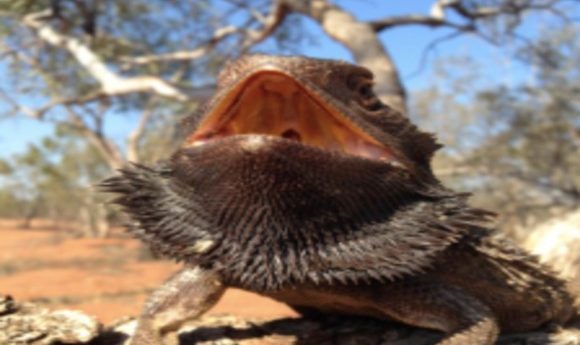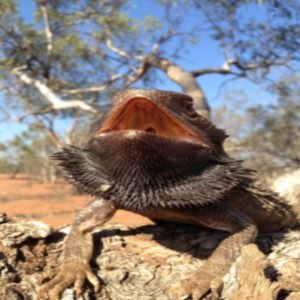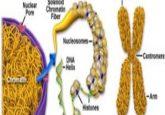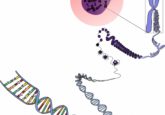Bearded dragons trim down the mystery of reptile sex-switching

For more than 50 years, scientists have sought to unravel the mystery of how temperature influences reptile species to change their gender. Now, researchers could be whiskers away with the help of Australia’s bearded dragon.

The Australian central bearded dragon’s chromosomal sex determination is overridden at high temperatures to produce sex-reversed female offspring, providing researchers a unique model to identify TSD-specific features of the transcriptome.
Credit: Arthur Georges, team Pogona.
While sex chromosomes determine many mammals’ gender, a number of reptile species can “switch” sex during embryonic development in extreme environmental temperatures. Now, researchers say Australia’s bearded dragon (Pogona vitticeps) is helping piece together the puzzling genetics underlying this phenomenon, known as temperature-dependent sex determination (TSD).
“Understanding this mechanism is a key to better understanding how reptiles interact in their environment ecologically and evolutionarily, particularly in a changing climate,” said Ira Deveson from the University of New South Wales, co-first author of the study published in Science Advances. “Scientists have been chasing this mechanism for at least 50 years, and we now think this study can form the backbone of future investigations into this mysterious mechanism.”
Unlike other reptiles, bearded dragons utilize both chromosomal and temperature sex-determining systems. They follow their chromosomal system, unless their eggs are incubated at high temperatures. At that point, their TSD system kicks in and differentiates female.
“The dragons essentially have two sex-determining systems in one,” explained Clare Holleley from the University of Canberra, also co-first author. “By comparing data from regular females and sex-reversed females, we were able to pick out the important temperature-response signals and then broaden our scope to other organisms.”
The team sequenced and compared RNAs from tissues in regular male, female, and sex-reversed female adult dragons, capturing distinct temperature-sensitive RNA activity for 17 genes in the sex-reversed females. The results highlighted significant overexpression of certain environmental stress response genes, as well as two genes from the Jumonji gene family, which is known to influence sex differentiation in mammals.
In the sex-reversed dragons, however, both genes retained a unique sequence that is normally spliced out, potentially halting or changing usual protein production necessary for male differentiation.
“Only sex-reversed females retained this intron, which we would have normally considered a random sequence of junk DNA or a failure of splicing that is eventually degraded by the cell,” said Deveson. “But this intron-retaining transcript was a very highly-expressed regulated event, and it may be that it’s being used to switch certain developmental genes on and off, or tune activity up and down.”
With further investigation, the team found that the temperature-sensitive intron retention event was widespread among distantly related turtles and alligators, suggesting it could be a deeply conserved ancient mechanism that more reptiles use for controlling TSD.
“Having a common thread for sex determination across vertebrates is an exciting proposition,” said Holleley. “So our next step is to look at other species to see how broad this really is and to understand whether this alternative splicing is completely abolishing the normal function of these Jumonji genes, or altering them to something new.”





